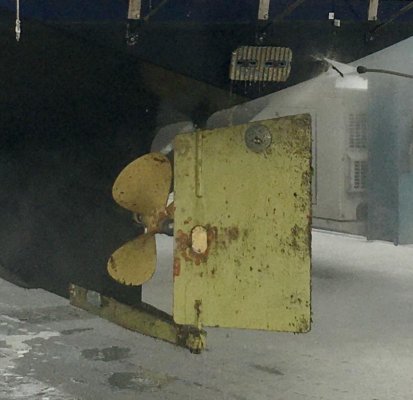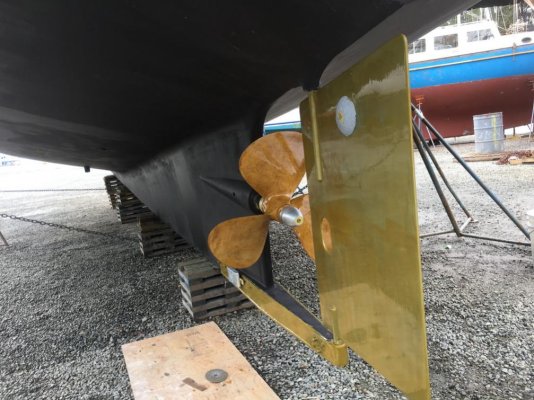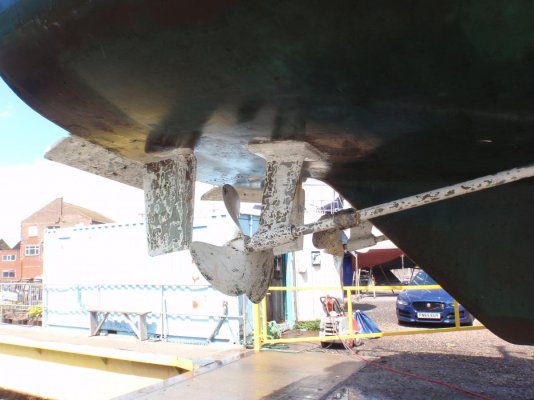Yeah, those manufacturing instructions also have tight tolerance. The yard we use had a lot of problems and now recommends Coval as an alternative. Correctly applied in the right environmental conditions prop speeds works great.
Right now we have had Coval on for almost two years and it wasn't until the last dive on the boat last month did our diver mention hard growth starting to build up that needed to be scraped and that was after a very warm summer season as well.
YMMV
-tozz
i've not heard of coval before. available locally? did you apply it or have the yard do it? looks kind of like the same principle as propspeed, the coating is so smooth and slippery that nothing sticks.
i read the tds for it and it recommends spray application. where i haul that's almost impossible without a note from the governor. maybe i could pull the prop and take it to my shop.



